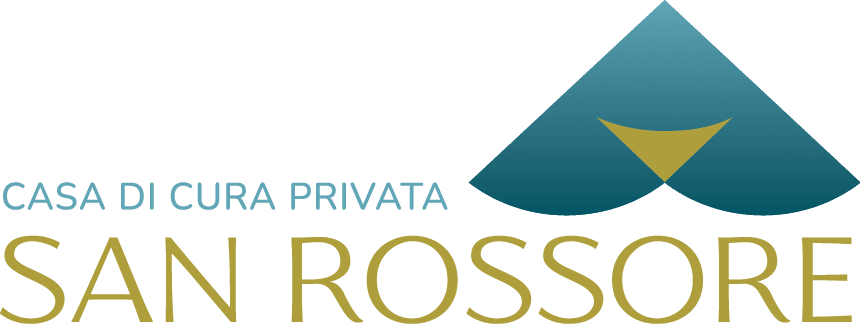Otolaryngology
The Otolaryngology outpatient clinic at the San Rossore Nursing Home in Pisa is concerned with the study and treatment of the full range of pathologies affecting the anatomical districts of the head and neck, as well as the ear, nose and paranasal sinuses, oral cavity, pharynx, larynx, salivary glands and facial nerve and tear ducts.
For this purpose, state-of-the-art diagnostic techniques such as rigid and flexible endoscopes are routinely used, allowing an ideal approach for earlier and better diagnosis that can provide more targeted therapy.
Generally, the ENT examination does not require sedation, and there are no age restrictions. Reporting is immediate.
Instrumental and diagnostic procedures such as:
- fibrolaryngoscopy
- Rhinoscopy with rigid optics
- Tone and impedance audiometric examination
- Clinical test of vestibular function
- Assessment and counseling for snoring and sleep apnea.
Otolaryngology outpatient activities also involve close collaboration, in a multidisciplinary mode, with other services within the clinic: Radiology, Dermatology, Allergology, Pneumology, Neurology, Neurosurgery and Ophthalmology.
In case of surgical indication, the patient is given the option of being followed in ordinary hospitalization or in day hospital, at the inpatient wards of the San Rossore Nursing Home, which, being equipped with two operating rooms that have state-of-the-art technical instrumentation as well as an intensive care unit, can allow all types of surgical treatment to be performed including those of high complexity.
Performance and therapy
Nasal cytology is a simple, noninvasive and painless method for the study of inflammatory nasal diseases, especially nonallergic rhinitis and nasosinus polyposis. It consists of sampling and microscopic study of mucosal cells of the lower turbinate, taken with a small soft plastic spoon (called Rhinoprobe or Nasal Scraping) and analyzed under an immersion microscope at 100x magnification. Nasal cytology provides the basic elements to diagnose the various forms of nonallergic rhinitis, allows the identification of mixed rhinitis, that is, in which allergic rhinitis overlaps with nonallergic rhinitis, and to set up the most correct therapy. In patients with polyposis, moreover, nasal cytology allows us to study their “level of aggressiveness,” stratifying cases from the simplest to the most complex. The examination is very easy to perform, and can be performed in all patients, including children.
Olfactometry is a noninvasive examination for measuring the sense of smell. It is a subjective, noninvasive test that is performed on an outpatient basis. It is performed by means of Sniffin Sticks, markers soaked in odorous substances, which, in various ways, are made the patient sniff them. The comprehensive olfactometric examination consists of several parts, including the screening test, discrimination test and identification test, all of which are designed to study olfactory ability as a whole. Indeed, there are many nasal and extra-nasal pathologies that can be associated with partial (hyposmia) or complete loss of the sense of smell (anosmia), with significant repercussions on quality of life, nutrition (e.g., difficulty in identifying spoiled foods), and even the sense of taste. Olfactometry helps quantify olfactory loss and check for improvement after appropriate therapies.
